Tooth or teeth extraction may take place because of several factors. One of the main is tooth decay. After having caries for too long, the tooth gets damaged beyond repair, and it is necessary to remove it to prevent the decay from spreading to other teeth. Other reasons for teeth removal may be that certain teeth are in the way of other who is to emerge or because gums are infected, and specific teeth make the infection even worse.
Regardless of the cause, tooth extraction is a significantly easier and painless operation than it used to be before anesthetics and numerous helpful dental devices were invented. Today, all it takes for a simple tooth extraction is a painless half-hour visit to the dentist. However, sometimes the extraction may not be so simple and may require a surgical approach.

This may usually happen because parts of previously extracted teeth may be left in the gums, causing infection or irritation, or a decayed tooth may be insufficiently erected from the gums. In all these, and similar cases, surgical extraction is necessary. Gums are often cut to make space, and a few stitches may be applied afterward.
Possible Complications After Tooth Extraction
In some cases of this procedure, whether surgical or not, complications may occur caused by numerous things. A tooth may get damaged during the extraction, making way for nerve damage or pain.
Accidental damage may be done to the surrounding teeth, damaging existing crowns or the teeth themselves, prolonging the process and inflicting pain. During the extraction, the tooth involved may break, or parts may be left in the gums, and it may be noticed right away, or it may cause severe problems after a certain period when another procedure might be necessary. One of the most serious complications involves nerve damage and usually takes place during surgical removal. Many different nerves may be damaged permanently, or they may recover after a month or two.
Another serious damage may affect the jaw as, during the procedure, it can be broken. Sinus damage is also a danger since accidentally, parts of the sinuses can be hurt while extracting certain teeth, which have roots close to the sinus area. Fractions of removed teeth may reach this area as well damaging the sinuses.
Some complications take place after the extraction. Infections, swelling, dry sockets, bleeding of gums, or socket wounds are some of them. In most cases, they can be cured with specific antibiotics, but unfortunately, they sometimes require further operations.
- To establish a management protocol for the lower third molars, the prevalence of and risk factors for postoperative complications after lower third molar extraction were investigated in a large number of Japanese patients in a multicenter prospective study. During 6 consecutive months in 2020, 1826 lower third molar extractions were performed at the 20 participating institutions.
- The medical records of the patients were reviewed, and relevant data were extracted. The prevalence of and risk factors for postoperative complications were analyzed.
- The prevalence of postoperative complications after lower third molar extraction was 10.0%. Multivariate analysis indicated that age (?32 vs >32, odds ratio [OR]: 1.428, 95% confidence interval [95% CI]: 1.040–1.962, P


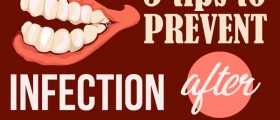
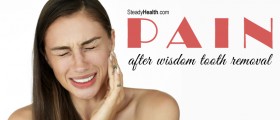



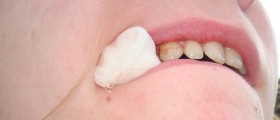


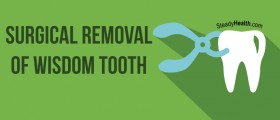
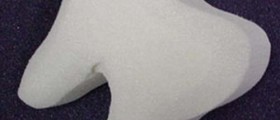
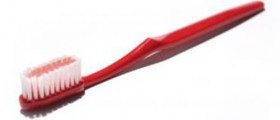




Your thoughts on this
Loading...